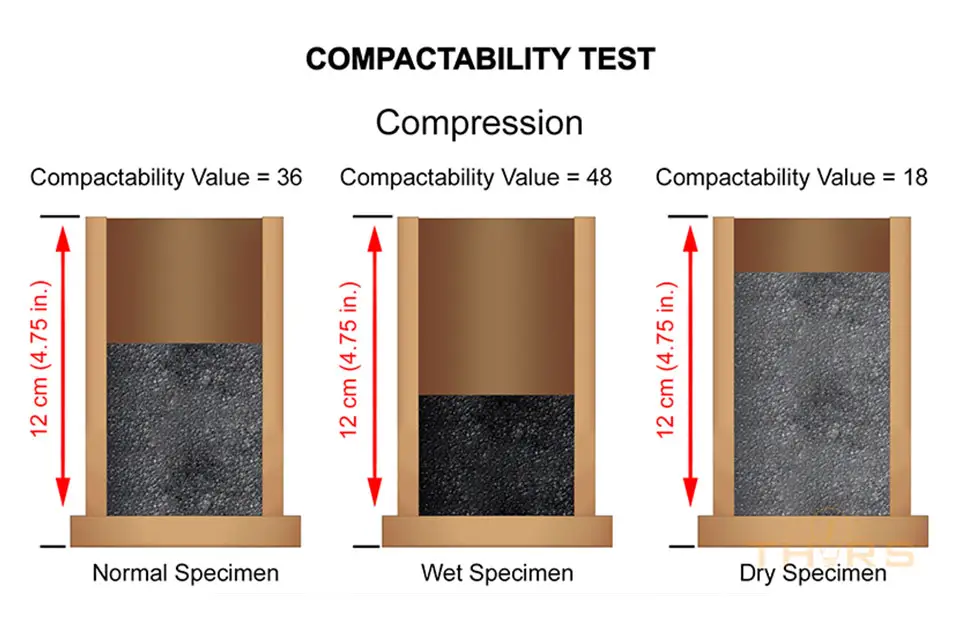Thousands of years ago duplicate metal structures were cast from an original sculpture by the lost-wax casting process. Investment casting is one of the oldest metal-forming techniques based on this lost-wax casting process. A beeswax pattern is coated with refractory ceramic material, which then hardens and takes the shape of the casting. The ceramic mold is then heated to melt the wax and remove it. Molten metal is then poured into the cavity. The metal solidifies and the ceramic mold is broken. This casting method allows the production of components with accuracy, repeatability, versatility, and integrity in a variety of metals and high-performance alloys.
Aluminum alloys, bronze alloys, magnesium alloys, cast iron, stainless steel, and tool steel are the most common metals used in investment casting. For casting metals with high melting temperatures which cannot be molded in plaster or metal, this method is useful. Parts with complex geometry such as turbine blades or firearm components are generally made using investment casting. High temperature applications are also common, which include parts for automotive, aircraft, and military industries.
The biggest benefit of investment casting is that it can produce complicated parts with very fine detail and excellent surface finish that would otherwise have been difficult with a die casting method.
The manufacturing process
There are two ways for making casts: using the wax model itself in the direct method, or creating a wax copy of a model that necessarily not be of wax, with the indirect method. The following are the steps for the indirect process which can take two days to one week to complete:
Pattern creation
The wax patterns are formed as one piece with cores being used to create any internal features on the pattern. Several wax patterns are then attached to a central wax gating system to form a tree-like assembly. The gating system has channels through which the molten metal will flow into the mold cavity.
Mold creation
The wax pattern tree is then dipped into a refractory slurry composed of extremely fine grained silica, water, and binders. Slurry then hardens to form a ceramic shell around the patterns and gating system. This process is repeated until the shell is hard enough to withstand the high temperature of molten metal. The ceramic shell is then placed in an oven to heat it in order to melt the wax out, leaving a hollow ceramic shell.
Pouring
The ceramic mold is preheated in a furnace to approximately 1000°C (1832°F). Then the molten metal is poured into the gating system, filling the mold cavity.
Cooling
Once the mold has been filled, molten metal is allowed to cool and solidify into the shape of the final casting. The time required for cooling depends on the thickness of the part, thickness of the mold, and the type of material used.
Casting removal
The mold is broken using water jets and the casting removed, after the molten metal has solidified. Once removed, the parts are separated from the gating system by either sawing or a cold breaking method using liquid nitrogen.
Finishing
For finishing, operations such as grinding or sandblasting are used to smooth the part at the gates. At times, heat treatment is used to harden the final part.
Benefits of investment casting
- Many intricate and complex shaped parts with fine details can be formed
- Parts created are of high strength
- A very smooth surface is obtained with no secondary machining requirement
- Dimensional accuracy is good
- Certain un-machinable parts can be cast to pre-planned shape
- Investment casting can be used to replace die-casting, where short runs are involved
Disadvantages of investment casting
- The process is expensive, usually limited to small castings, and presents some difficulties where cores are involved
- Investment castings require very long production-cycle times versus other casting processes
- This process is practically infeasible for high-volume manufacturing, due to its high cost and long cycle times
- High labor cost and high tooling cost
Using the principles of thermal design and control, almost all the advantages of the investment casting process can be achieved when applied appropriately to other existing processes that do not involve the shortcomings of investment castings.
If you are looking to get more information on casting processes, check out some of our Foundry Courses and fill out the form below to get a FREE demo!



